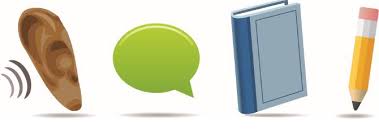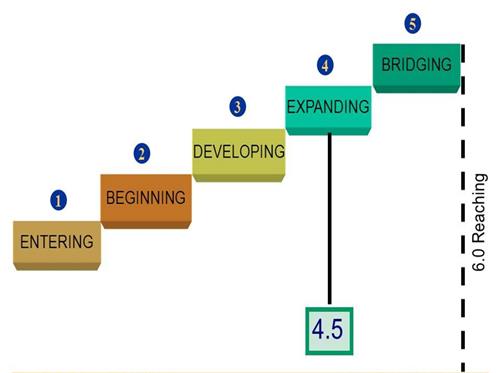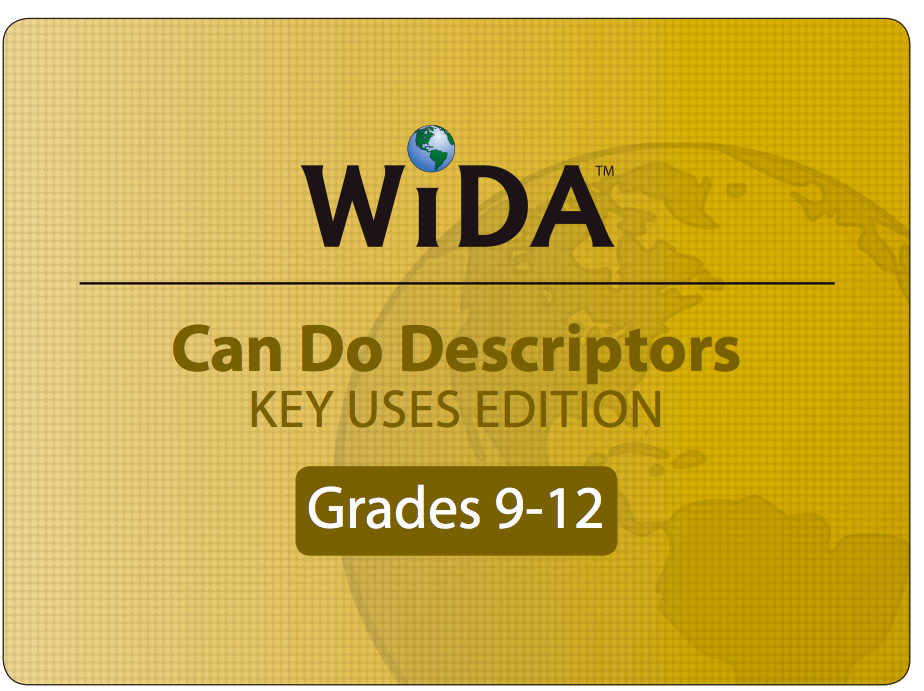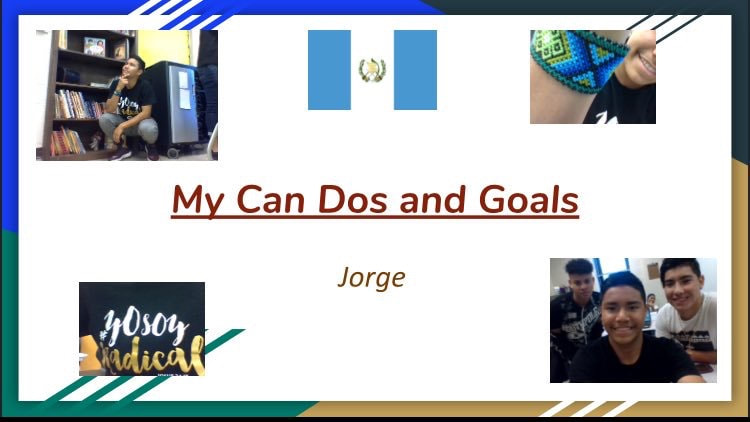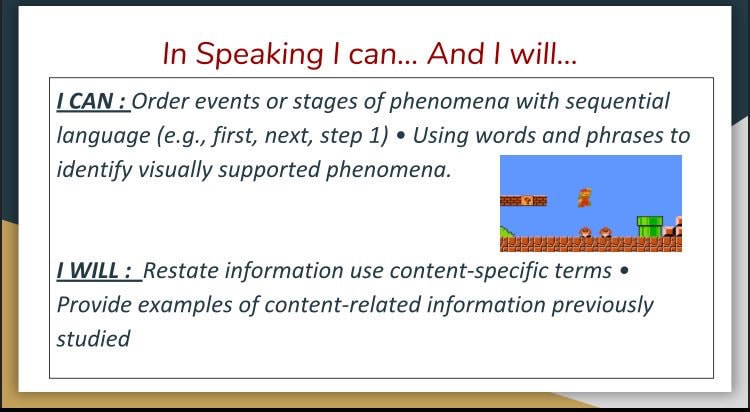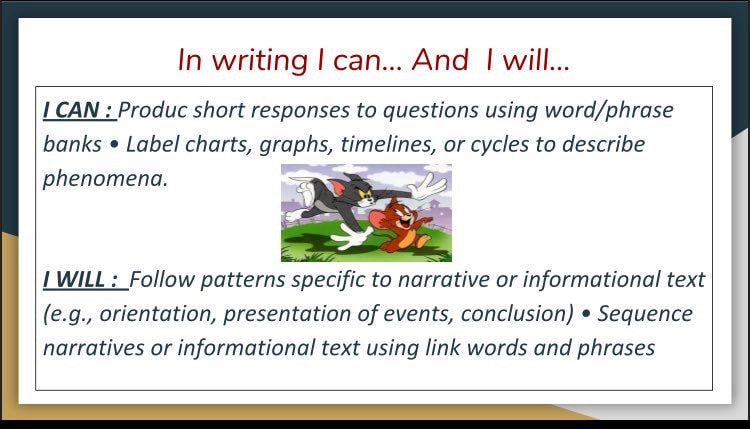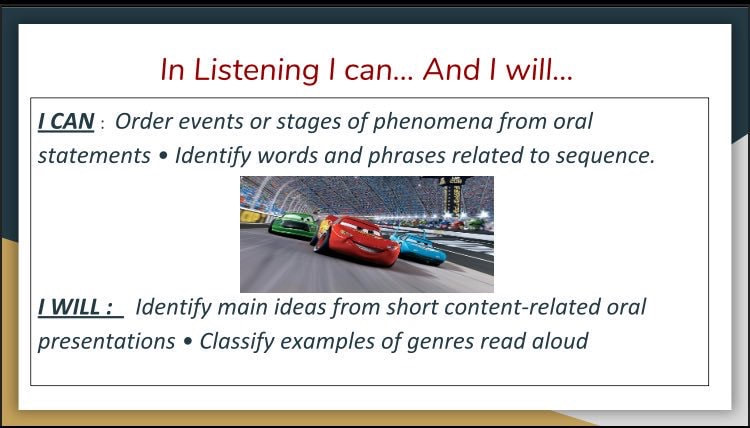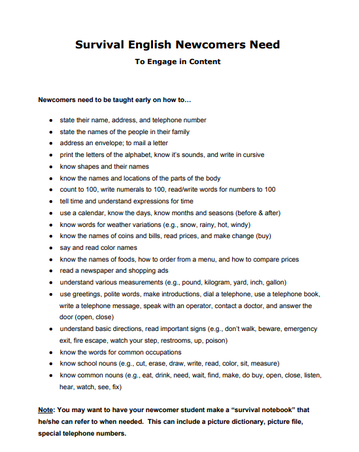|
My English as a Second Language (ESL) for Beginners class is a period designed to serve newly arrived immigrant students who need to learn English as quickly as possible to be able to engage in content area courses. You see, our newcomer students are held to the same accountability standards as native English speakers. These students not only are starting to develop their English proficiency but at the same time, they are studying core content areas. In my opinion, the best thing that can help newcomers during their first few days is to gain power. Empowering students with what they CAN do. Empowering students with simple phrases to engage in social conversations. Empower students to set measurable language and academic goals. After a wonderful week of getting to know one another and creating a great foundation where students feel comfortable in our classroom; we moved into content and language learning! Understanding Our Language Proficiency LevelsFirst things first, students need to understand how their English language proficiency is measured. We talked about the 4 parts of the test and learned how each part of the domains is important because it helps us: 1) Receive information (listening and reading) & 2) Produce information (speaking and writing). Each student received their WIDA ACCESS scores (or initial placement scores) and placed their scores on the language development continuum (left picture below). Some students quickly realized what their strength is and what are they need to improve. They thought it was fun to share and compare scores among themselves. This was not something I encouraged but they felt comfortable to do so. After analyzing our process; we moved to align our scores with the CAN DO Descriptors provided by WIDA. This was a great opportunity to encourage students to read words in English. I had students making a list of cognates and trying to decipher the statements. In order to also develop our writing skills, students created a Google slide presentation with what they CAN do and the goals we set ourselves for the next time we take the test. Here's an example of Jorge's presentation: I Can... I Will... Survival English for NewcomersWe also spent a couple of days going over this great recommended survival English we need to master in order to engage in content classrooms. This is a great list but I do not recommend using it as a teaching guide. I told my students that this would be something they will be learning throughout the year and they can keep it to maybe mark off as they learn it. Going through the list was interesting and was a great chance to clear up some misconceptions or confusions about the English language. Click on the image for a printable version of the list. Students were having so much fun learning from each other. They were helping each other and encouraging each other to read and understand the list! Check out this video! I caught students practicing how to spell their last name! Teaching newcomers is not easy. I love having the advantage that I can speak their language so I can clarify something they don't understand. Here is a great research I started reading about newcomer's programs. This study shows what's working and what doesn't from newcomer centers from around the nation. It's pretty long but interesting! Thank you for reading!
0 Comments
Your comment will be posted after it is approved.
Leave a Reply. |
Categories
All
Archives
May 2024
|
